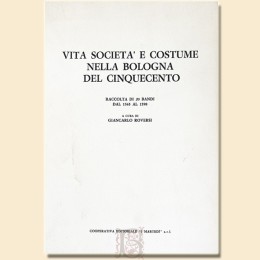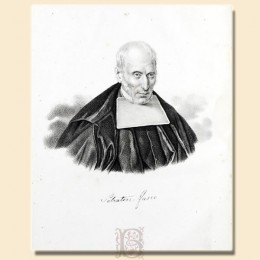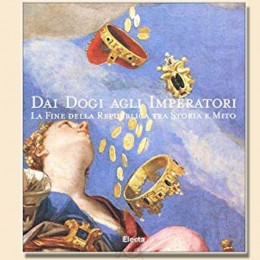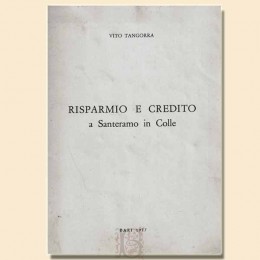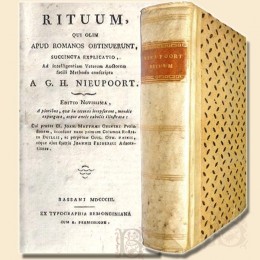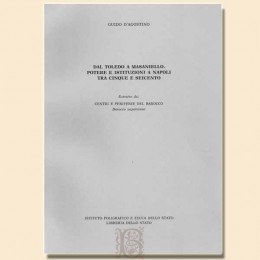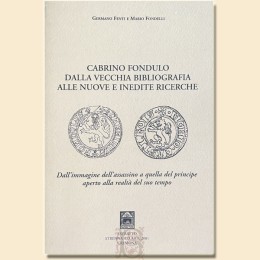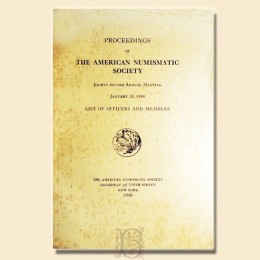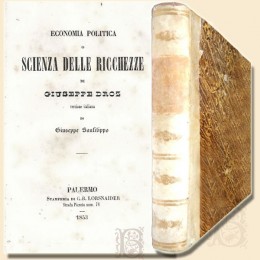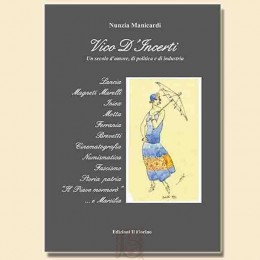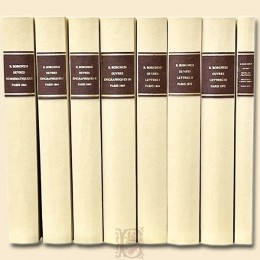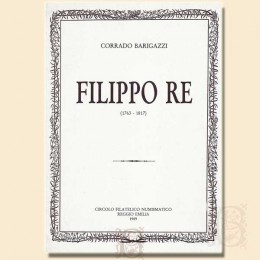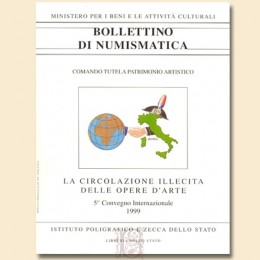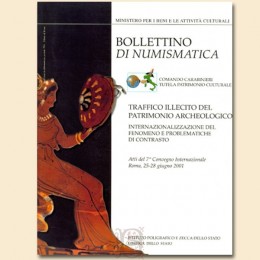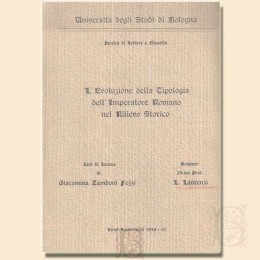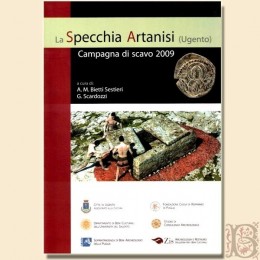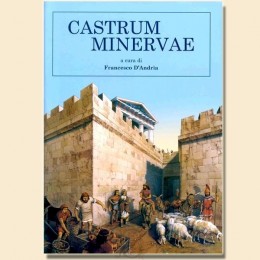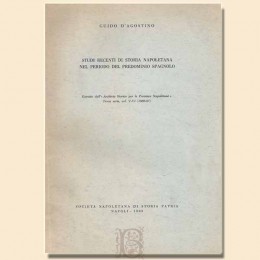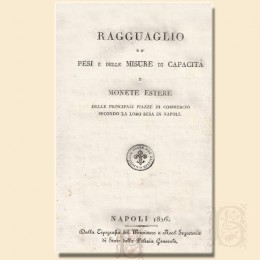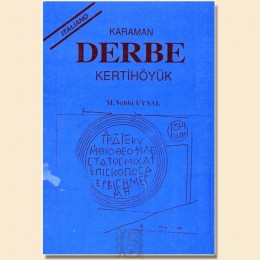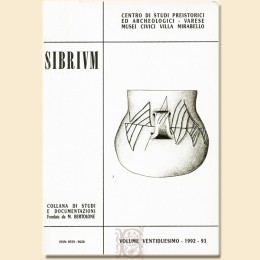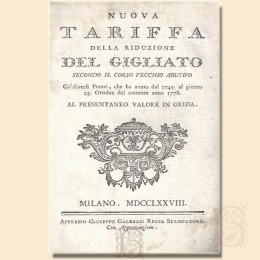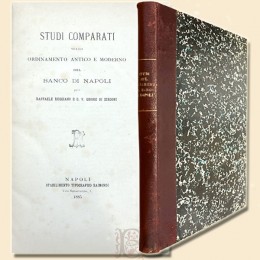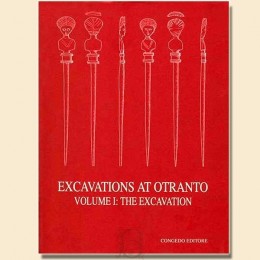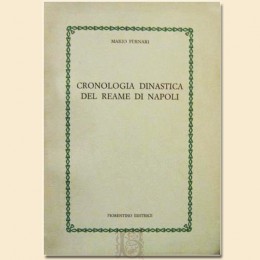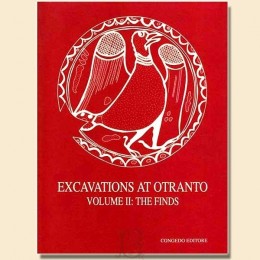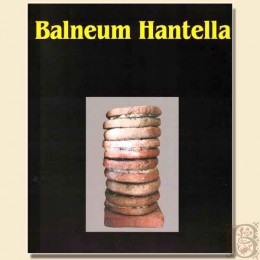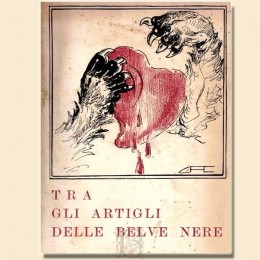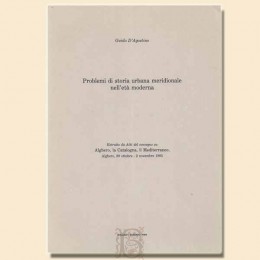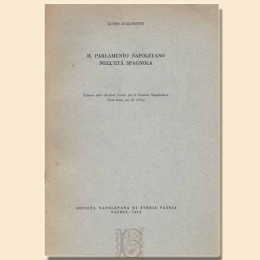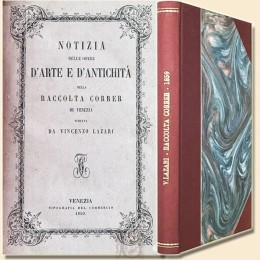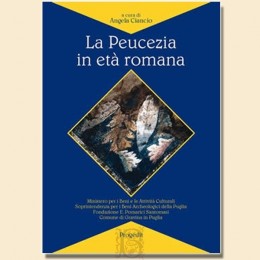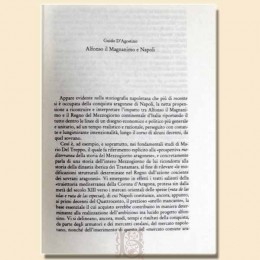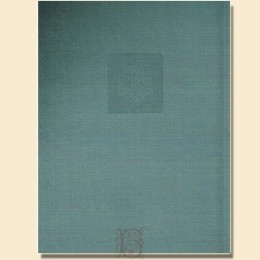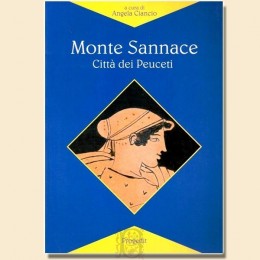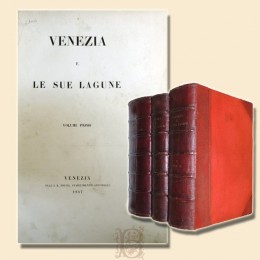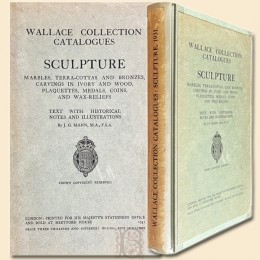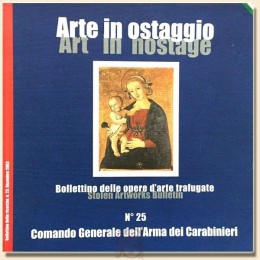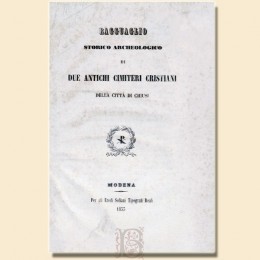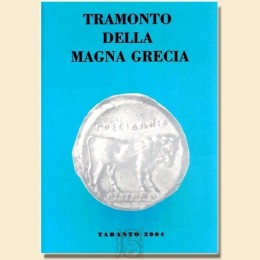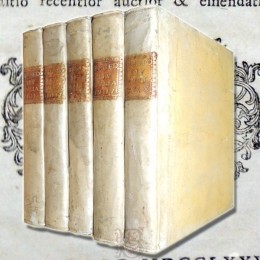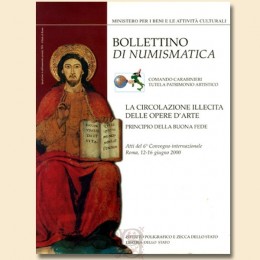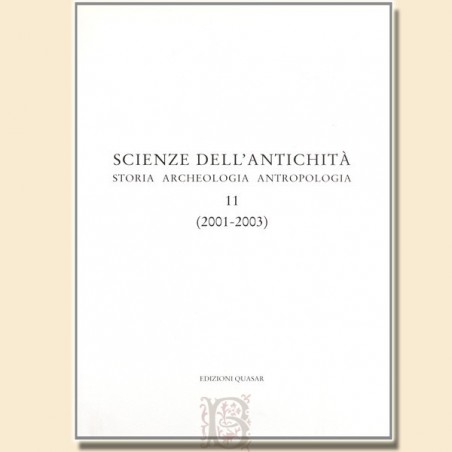
Ciencias de la Antigüedad, n. 11, 2001-2003
Ciencias de la Antigüedad. Historia, Arqueología, Antropología, Ediciones Quasar, Roma, n. 11, 2001-2003, págs. 592, ricamente ilustrado, 29 cm, br. y.
El volumen incluye las siguientes aportaciones de interés numismático: Arnaldi, Oceanus sobre monedas y epígrafes; Bini, Bella esta moneda, ¿cómo lograron hacerla? La respuesta es demasiado simple: por acuñación; M. Caccamo Caltabiano-P. Radici Colace, La historia del dinero romano en el Anónimo del de rebus bellicis entre ideología y realidades económico-monetarias; P. Calabria, Dikaiosyne, J.-P. Callu, Les impératrices pieuses et heureuses; Cazzella, Contar y pesar en el Mediterráneo central durante la Edad del Bronce; F. Ceci, Un sólido de Marciano y algunos aspectos de la iconografía monetaria entre el paganismo y el cristianismo; Cutroni Tusa, La ceca de Agrigento durante la segunda guerra púnica; F. della Ratta-Rinaldi, Hallazgos monetarios de Formello (Roma) y su territorio; G. Dembski, Eine Goldfibel mit Stater Alexander III. aus Carnuntum; Di Vita, almacén de folles bizantinos de Gortina (Creta); G. Gorini, monedas griegas de Polesine; GL Gregori, Entre numismática y epigrafía: sobre el tema del congiarium, liberalitas, largitio y munificentia en monedas e inscripciones; G. Libero Mangieri, Dos tesoros de monedas medievales del sur de Italia; DF Maras, Numismática y epigrafía. Nuevas observaciones sobre las series de leyendas qetis y leqez; Morandi, Observaciones sobre algunas leyendas monetarias etruscas; F. Mori, Numismatique et préhistoire: un rapport indéniable mais submergé; NF Parise, medidas sirias y medidas mesopotámicas en la Edad del Bronce; T. Pàroli, Monedas y evangelios en Inglaterra a principios de la Edad Media; P. Pensabene, en algunas tarjetas con plomo para uso comercial; R. Pera, Sobre un eje Narbonense encontrado en Savona; Perassi, moneda de oro de Salonino con marco de las excavaciones de la Universidad Católica de Milán; V. Picozzi, el solido milanés de Antemio con marca de ceca irregular; M. Rat-A. Castellotti, Un escudo dorado de Gregorio XIII del que sólo queda el recuerdo; P. Serafin, Un quinario de oro del Tíber; L. Villaronga, El denario romano pesado en los tesoros de la Península Ibérica. Otras contribuciones: E. Ascalone, El indígena y el extranjero. Elaboración de nuevos caminos culturales integradores entre la segunda mitad del III y el comienzo del II milenio aC en la meseta iraní y en Susiana; D. Nadali, Guerra y muerte: la aniquilación del enemigo en condición de ser derrotado; L. Nigro, La estela Rimush da Tello y la indicación del rango de los vencidos en el relieve real; L. Peyronel, ¿Comerciantes en Susiana? Evidencia arqueológica y epigráfica sobre las relaciones culturales entre el Golfo Pérsico y el suroeste de Irán a principios del segundo molino. ANTES DE CRISTO; F. Pinnock, Mujeres extranjeras y mujeres conquistadas en la cultura figurativa mesopotámica: mujeres enemigas. El suburbio: U. Fusco, Dinámica de asentamiento en los suburbios del noreste de Roma entre la República y el Principado. Forma y función: J. Evans-G. Recchia, función de la alfarería: residuos atrapados en la alfarería de la Edad del Bronce de Coppa Nevigata (sur de Italia); FR Stasolla, Entre forma y función: morteros en la Edad Media; G. Vallarino, Objetos para la combustión de aromas de Delos: la forma y uso en terminología; Descubrimientos recientes: L. Nigro, Un mueble de terracota con forma de capitel eólico de Mozia. Conferencias del departamento: F. Wendorf-R. Schild, Los entierros del Paleolítico tardío en Jebel Sahaba: la primera guerra conocida. Órgano del Departamento de Ciencias Históricas, Arqueológicas y Antropológicas de la Antigüedad, esta revista recoge los resultados de investigaciones agregadas en áreas temáticas en la perspectiva de un estudio integrado de las sociedades antiguas en todos sus aspectos: ambiental, tecnológico, económico, social, político, artísticos, ideológicos - considerados como elementos interactuantes en sistemas con dinámicas de transformación específicas. Los estudios que en él confluyen se realizan sobre diferentes materiales documentales: arqueológico, filológico-epigráfico, ecológico-naturalista, etc. - a través de metodologías y técnicas analíticas igualmente diferentes, en vista de la convergencia de disciplinas en una interacción recíproca más amplia. La ubicación cronológica y geográfica va desde la prehistoria hasta la antigüedad tardía y la Edad Media, aunque los intereses predominantes se concentran en las edades que van desde la neolitización del Cercano Oriente y Europa hasta el mundo griego y romano. El undécimo volumen, relativo a los años 2001-2003, incluye ensayos divididos en cuatro temas que amplían los intereses científicos a un amplio horizonte geográfico, abarcando un período cronológico desde la prehistoria hasta la Edad Media.
Pequeña firma de posesión en la portada.
Leves signos de la edad en el libro de bolsillo, por lo demás en excelente estado.
N266-4347F



